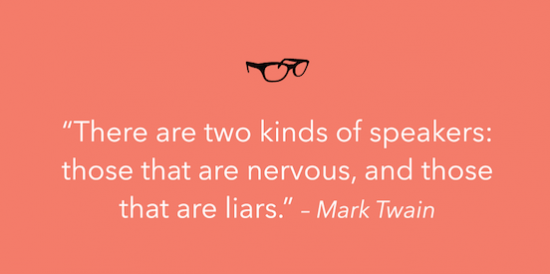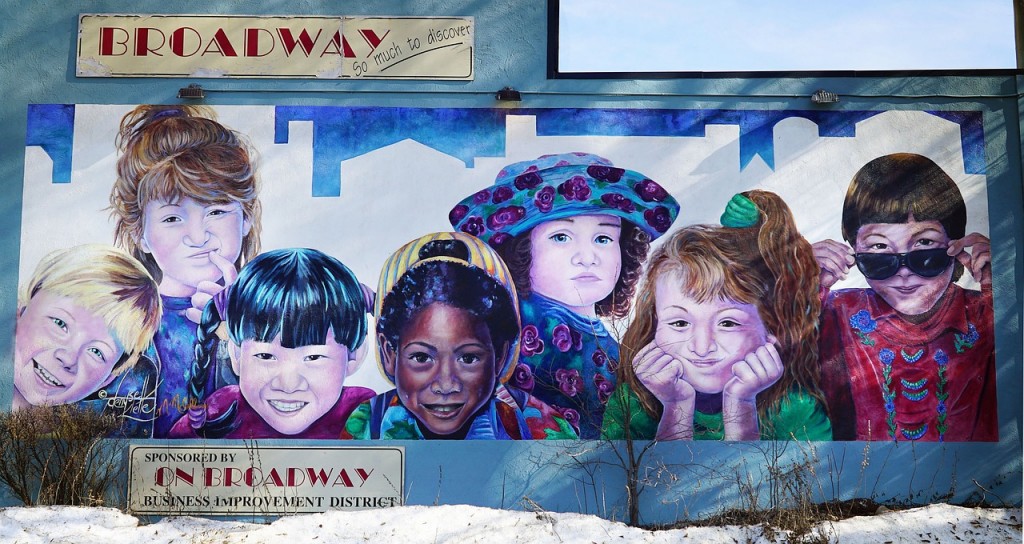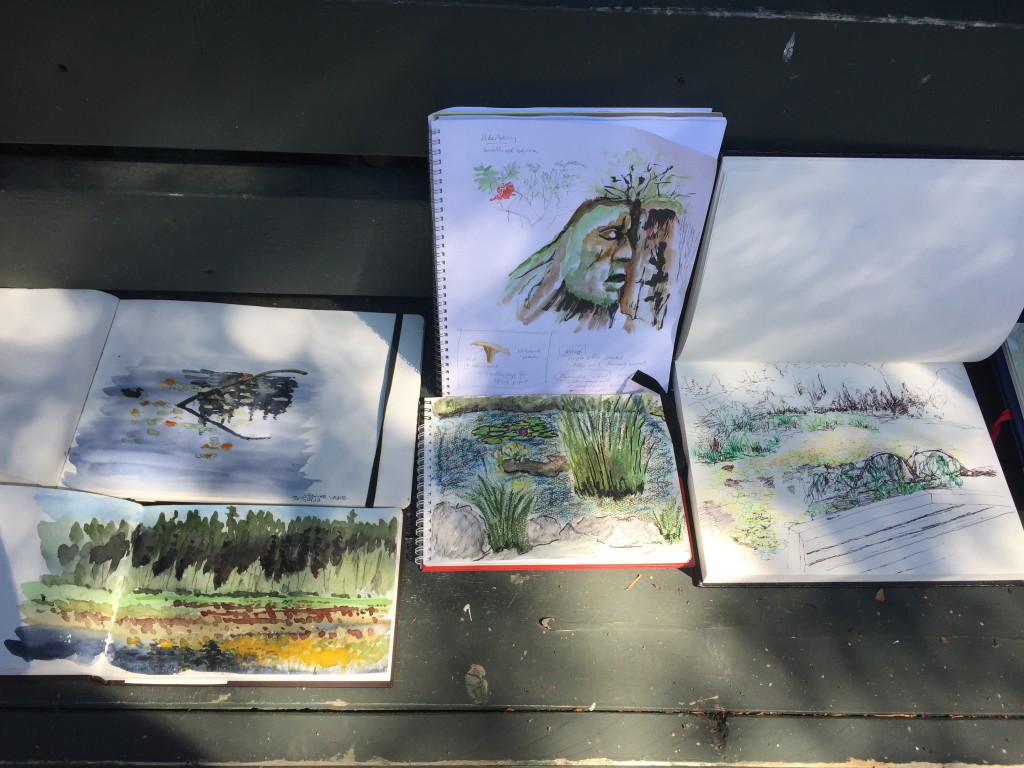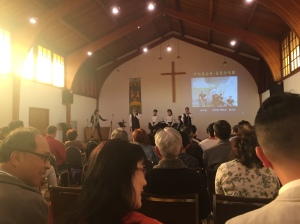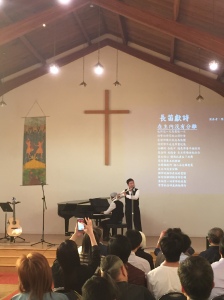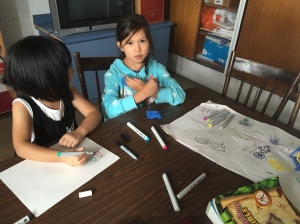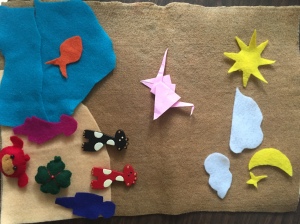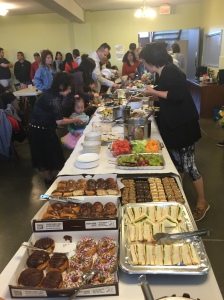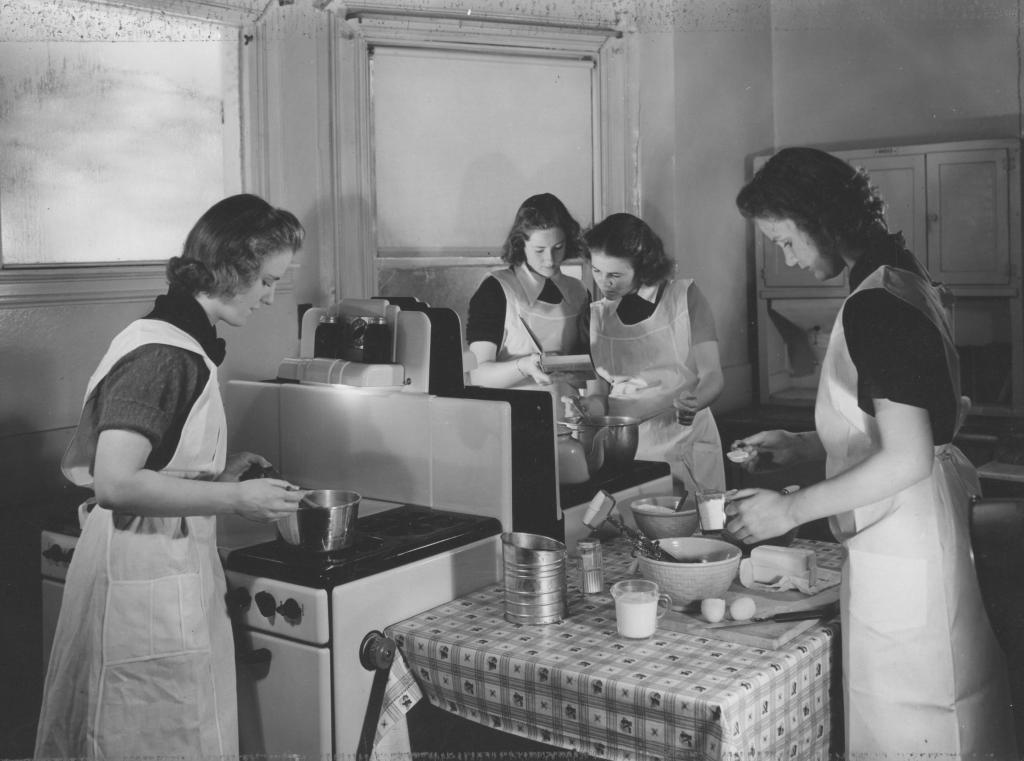In research, it has been found that the beginning art teachers’ artmaking does decline in their first year of teaching. It is probably because the role transition for new teachers is not easy. Once we become teachers, we would be aware of what impact we can bring to students and take responsibility of that as professionals, not as self-willed artists anymore.
In the second week of Art Education, I visited an art gallery of UBC exhibiting a collection about human sexual activity. In which, I didn’t recognize aesthetics and the significance of the works. That is the freedom of being an artist to interpret art in personal ways, but as a teacher, creativity and ideology must be constrained by rationalist epistemology where reason and sensation are compatible. “This transition (from artist to teacher) is profound in the case of artist teachers, for whom the contrast between their practice as a critical artist and that of a regulated professional can be severe.” (Adams 2007, 264)
Once the new teachers get into their roles of being educators well and remain positive and committed, artmaking and teaching can enhance each other. Education is about life-long learning. Reflective practices help to maintain a critical stance and develop new disposition towards their practice, as well as bring transformation of professional experience. These significant gains deepen teachers’ desire to give their students authentic experience as artists.
My question is how to create such working environment to allow both students and teachers to practice and learn art together.
 Follow
Follow